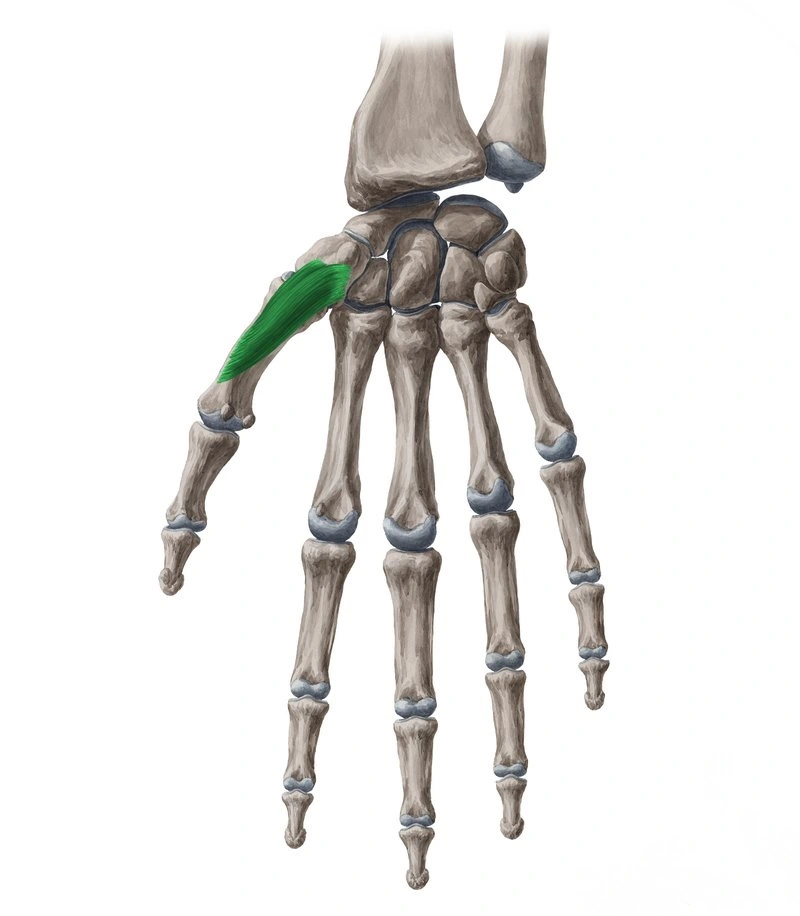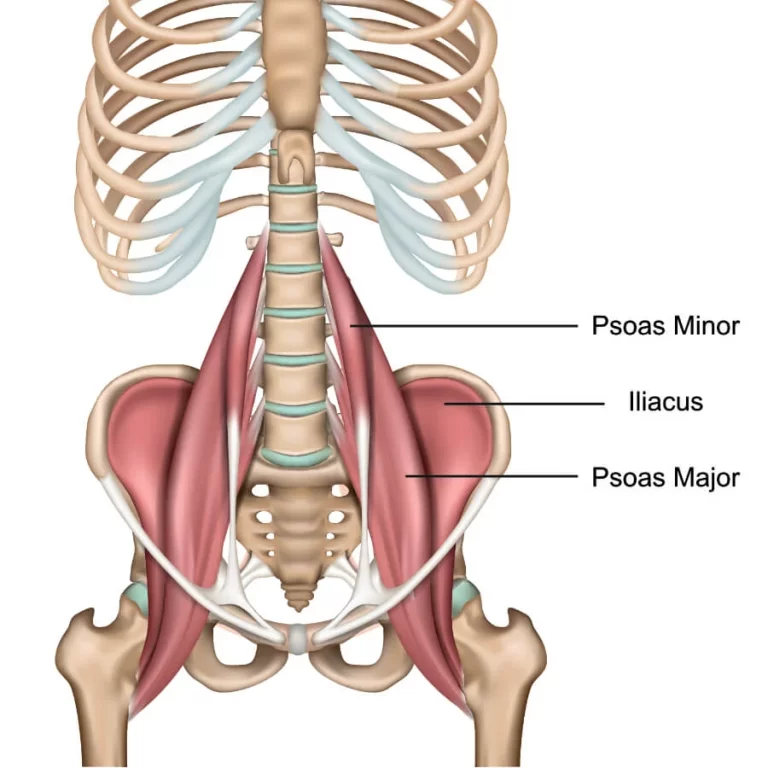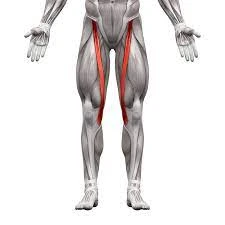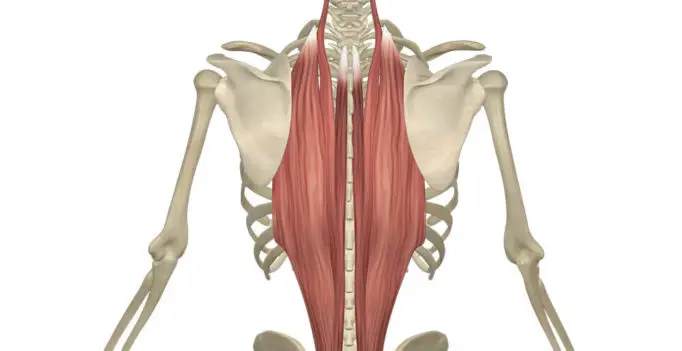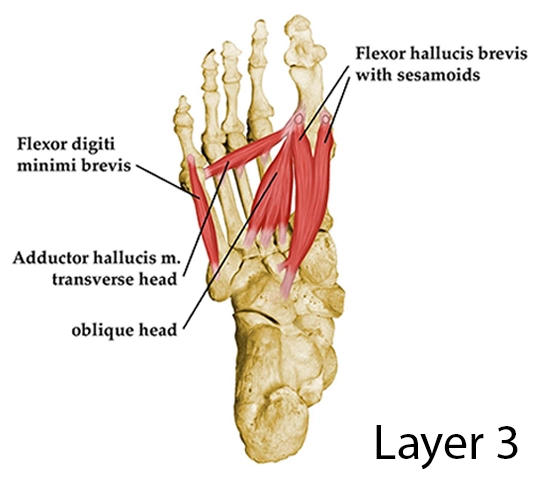Opponens pollicis muscle
What is Opponens pollicis muscle?
The hand’s short intrinsic muscle is called the Opponens Pollicis. Along with the adductor pollicis, abductor pollicis, and flexor pollicis brevis, it is a member of the thenar muscles group. The thenar eminence is an elevation that is created by the thenar muscles on the radial (lateral) side of the hand.
The opponent’s pollicis reaches the first metacarpal bone from the flexor retinaculum and trapezium bone. The opposition of the thumb in the first carpometacarpal joint is this muscle’s primary function.
Origin of Opponens pollicis muscle
The tubercle of the trapezium, the most lateral bone in the distal row of carpal bones, and the distal edge of the flexor retinaculum form the muscle’s superficial head. It travels along the flexor pollicis longus tendon’s radial side.
Insertion
It inserts on the radial side of the thumb’s proximal phalanx base, where a sesamoid bone connects the two tendinous heads.
Relations
On the hand’s radial side, the opponent pollicis is a relatively short and thin muscle. It is positioned lateral to the flexor pollicis brevis and deep to the abductor pollicis brevis. Opponent pollicis and the superficial head of the flexor pollicis brevis are frequently mixed.
Innervation
The recurrent (thenar) branch of the median nerve (root values C8 and T1) and occasionally the deep terminal branch of the ulnar nerve innervates the pollicis muscle of the opponent.
Blood supply
The superficial palmar branch from the radial artery primarily vascularizes the opponent’s pollicis muscle. Numerous additional arteries provide the additional blood supply;
- Princeps pollicis artery
- Radialis indicis artery
- Deep palmar arch
Function of Opponens pollicis muscle
The primary purpose of opponent pollicis, as its name suggests, is to produce a thumb opposition. The thumb’s a rather intricate movement of flexion, adduction, and medial rotation at the first carpometacarpal joint is referred to as opposition.
The ability to bring the thumb’s tip into contact with any other fingertip on the same hand is the goal of this movement. This permits productive and exact developments of the hand, for instance getting a handle on round items or fine holding of a pencil.
Assessment
It is performed with the forearm in supination, the wrist in neutral, the thumb adducted, and the MP and IP joints flexed. The patient is instructed to bring his or her thumb to the little finger and touch the two pads, making the letter “O” with the thumb and little finger.
Opponents pollicis muscle stretching
As shown in the illustration, flip the palm over.
Lift the thumb in the opposite direction (90 degrees from the back of the palm) with the other hand’s fingers.
Release after about 30 seconds.
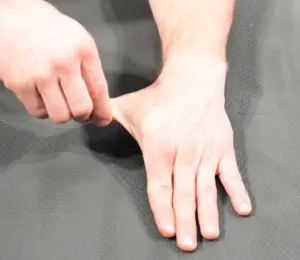
Opponents pollicis muscle strengthening exercise
Finger opposition
This is a mastery practice for your fingers. To create a pinch grip, alternately touch your thumb with each finger and maintain it for up to two seconds.
Thumb isometrics
The thumb muscles can be strengthened in multiple directions with this exercise. Begin by creating a fist with your thumb and applying pressure in both directions with your further hand. Keep an upright thumb to oppose the pressure, and maintain for 5 to 7 seconds.
FAQ
What pain does the opponent have in the pollicis muscle?
A TrP in the adductor pollicis muscle, for instance, is a deep, aching pain along the radial styloid and thumb. Pain on the palmar surface of the thumb and the radial side of the palmar aspect of the wrist is referred to as TrPs in the opponens pollicis muscle.
How can opponens pollicis pain be alleviated?
Place the middle joint of your index finger on the opponens or adductor pollicis muscle by bending it. After that, roll your painful hand over the areas that are tender and lightly press both hands together.
I’m experiencing pain in my thumb joint. Can I treat it?
Cold apply. Swelling and pain can be reduced by icing the joint for five to fifteen minutes several times daily. Use heat. Some people may find that heat is better at relieving pain than cold.
Can thumb joint pain be alleviated?
While there is no remedy for joint pain in your thumb, there are different basic medicines that can assist with easing side effects for some individuals. Consult a physician or physical therapist to determine which treatments might be most effective for you.

